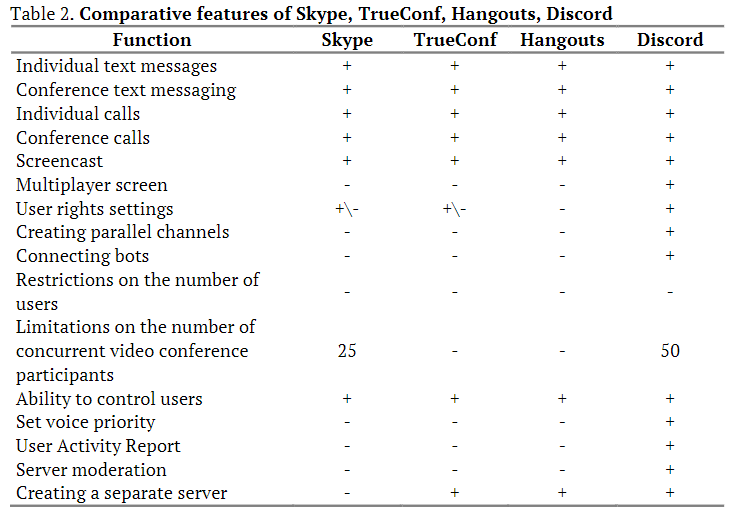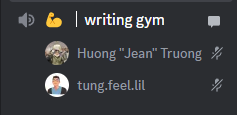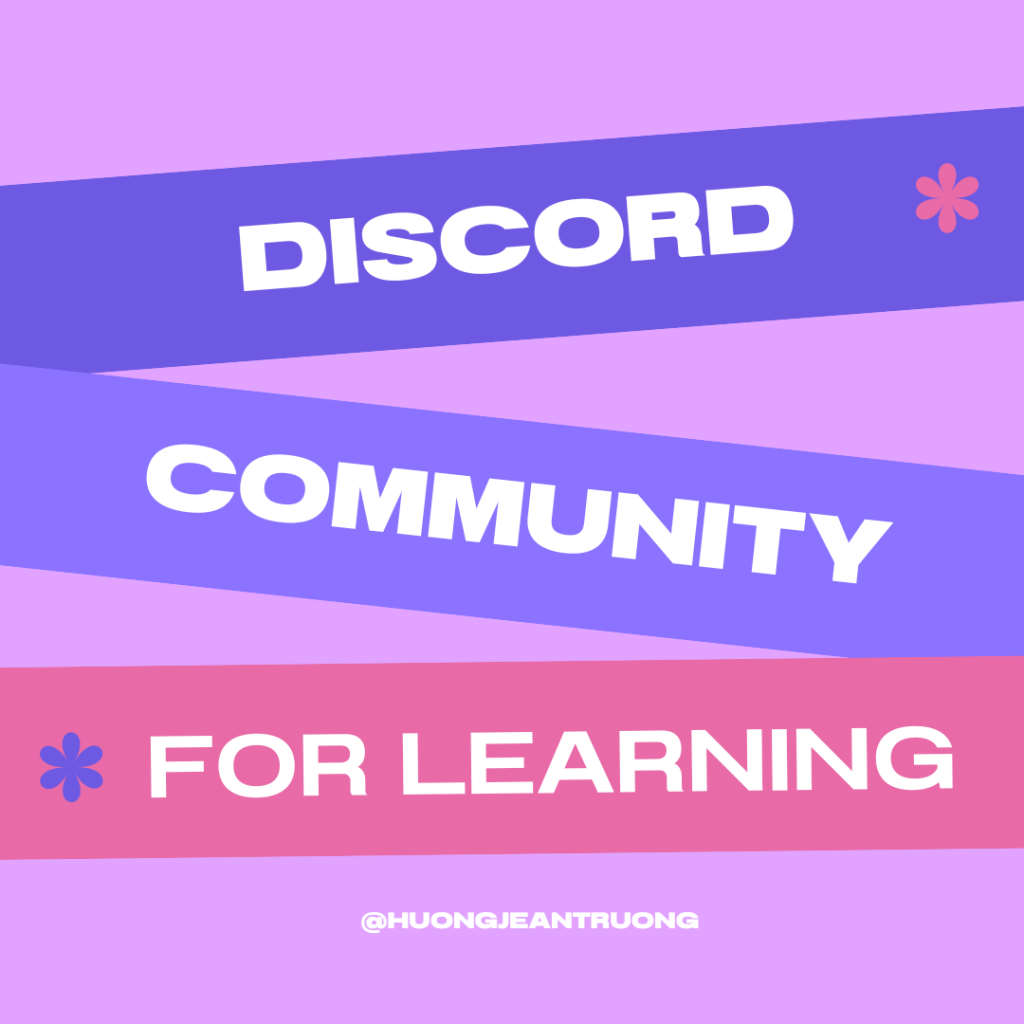The more I delve into the concept of Web 2.0 for learning, the more intrigued I become about using Discord as an immersive learning environment (or Slack, if i’m rich enough!). This platform has certainly evolved from just modern remote communication system (Kruglyk et al., 2020) as you can reference in the table below. For example, it offers control over users, the ability to moderate activity, and options for integrating bots .

Interestingly, there have been several attempts to utilize these platforms for a variety of educational purposes. For instance, Discord has been employed for emergency training (Kruglyk et al., 2020), biology education (Wiles, A. M., & Simmons, S. L., 2022), and English language instruction (Jannah, E. I., & Hentasmaka, D., 2021). (To all the Ph.D scholars reading this, a meta-analysis on this topic is yet to be conducted, please consider!)
But, how does one get started?
In my pursuit of understanding, I’ve put together some ideas to help first-time Discord users navigate the platform and design a learning community.
1. Set up Your Discord Server:
First, create a server dedicated to your class. Within this server, create different channels for different purposes, e.g.:
- #general
- #lecture-discussions
- #group-work
- #homework-help
- #resources
2. Host formal or informal live session:
For example, you can host your weekly lectures in voice channels, in which you can screen share presentations or documents, and learners can ask questions in real-time in the #lecture-discussions text channel.

In addition, a recent practice that I have the chance to experience is to use Discord’s voice channels as a “virtual library room” – a virtual space for learners to study together. When ready to work, learners join the channel, replicating a shared physical space. Even though everyone’s engaged in their own tasks, the sense of mutual commitment fosters motivation and discipline. The voice channel also allows for impromptu questions and collaborations, enhancing peer learning.
3. Facilitate class discussions:
Encourage learners to discuss lecture content, ask questions, and share relevant information in the #lecture-discussions channel throughout the week. This way, learning extends beyond the confines of the lecture and becomes a more continuous and engaging process.
4. Manage group work:
Learners can utilize the #group-work channel to collaborate, share resources, and discuss their projects. You can even create separate channels for each group to have their own dedicated workspace.
5. Encourage peer support in homework:
Use the #homework-help channel for learners’ to ask questions about assignments. Both peers and teachers can provide help here.
6. Sharing resources:
Post relevant (or even beyond) articles, videos, documentaries, etc., in the #resources channel.
7. Experiment with Discord bots:
While the list go on, a recent learning experience that i have has great usage of MEE6 to send welcoming message with new users, kick those that violate server rules, creating competitive leveling system.
322 more suggestions can be found here: https://top.gg/tag/community
Any further good news?
The same approach can be readily applied to Slack!
Is there anything else you believe should be included in this discussion? Your feedback will be highly appreciated.
Reference:
Kruglyk, V., Bukreiev, D., Chornyi, P., Kupchak, E., & Sender, A. (2020). Discord platform as an online learning environment for emergencies. Ukrainian Journal of Educational Studies and Information Technology, 8(2), 13-28. https://doi.org/10.32919/uesit.2020.02.02
Wiles, A. M., & Simmons, S. L. (2022). Establishment of an engaged and active learning community in the biology classroom and lab with Discord. Journal of Microbiology & Biology Education, 23(1), e00334-21.
Jannah, E. I., & Hentasmaka, D. (2021). THE USE OF DISCORD APPLICATION IN VIRTUAL ENGLISH LEARNING: AN INVESTIGATION ON STUDENTS’PERCEPTIONS. Premise: Journal of English Education and Applied Linguistics, 10(2), 183-200.
